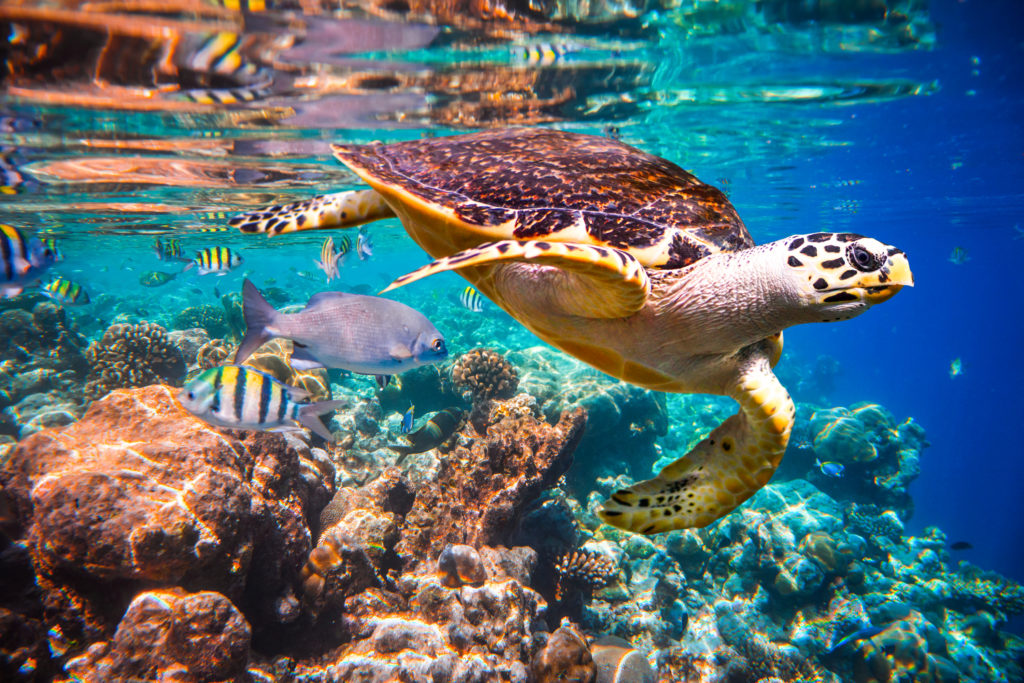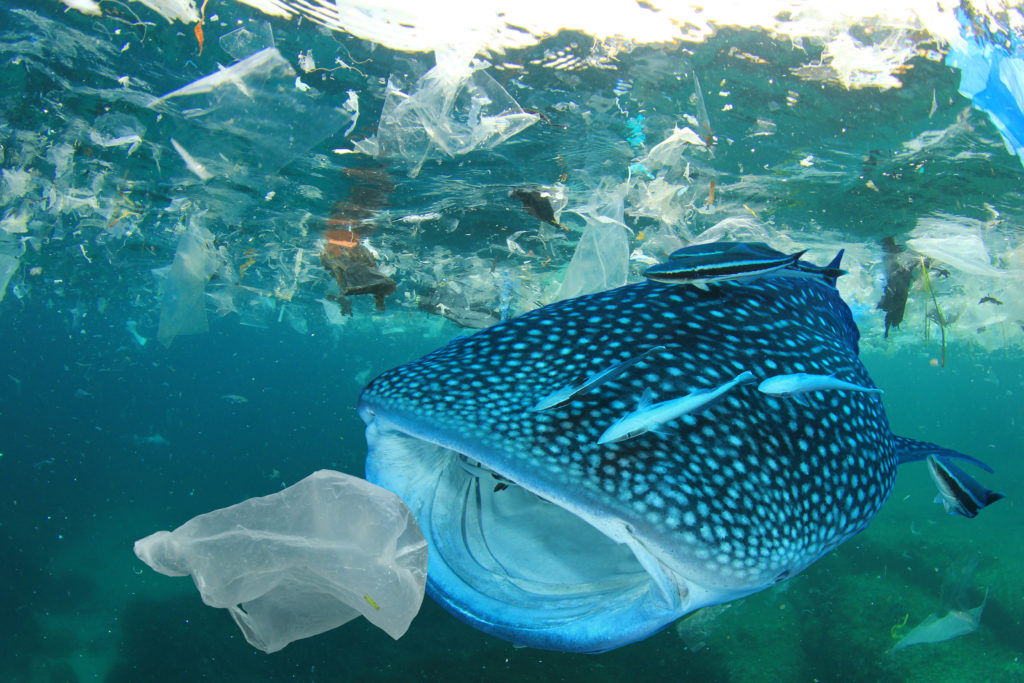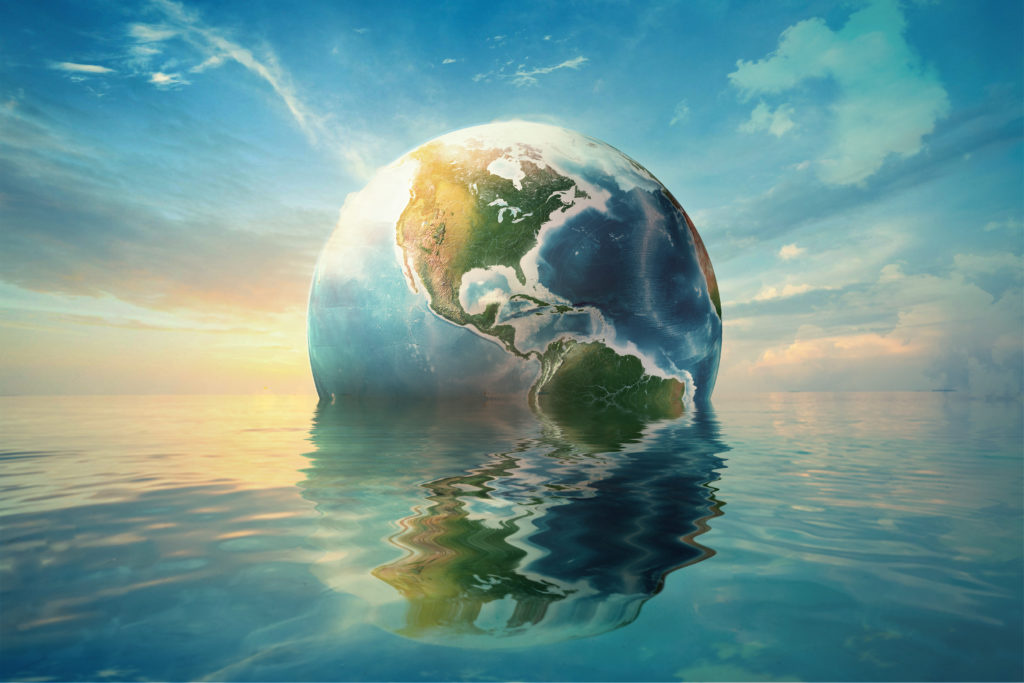By: Isabela Claret Torres, MSc, Ph.D.
A new article published in Science modeled the future of ocean and oceanic species. It is entitled: “Avoiding ocean mass extinction from climate warming”. It’s well known that human activities have led to the extinction of many species, due to change in habitat, pollution, climate change, fishing among other anthropogenic pressures. The documented extinctions are mainly for land species and have risen above background levels. Among the anthropogenic pressures climate change can have a profound effect on marine life as it affects all parts of the globe, from the poles to equator, to open and deep oceans.
Mass Extinctions from Climate Change
In the study, Penn and Deutsch (2022) used fossil record as a tool to study future mass extinctions. Global environmental changes coincide with the most extreme events, being the largest the event on the end-Permian called “Great Dying”. In this episode there was the loss of two thirds of marine animals. During this time, environmental changes occurred similar as we seen today, in the Anthropocene. with including rising temperatures and declining ocean O2, productivity, and pH.

The authors projected global and local extinction risks for marine animals, based on habitat loss from climate change. The simulation reproduces historical global warming trends and project a future climate change of high and low anthropogenic greenhouse-gas emissions. In the study global marine biodiversity is represented by a set of species types (with different ecophysiologic traits) defined by thermal and hypoxia (no oxygen) tolerance traits.
To be a suitable place to live the oceans conditions must meet ecophysiological species tolerance, and both oxygen and temperature must meet demands of the metabolism of the species for growth and ecological activity. If net habitat loss exceeds a critical fraction beyond which the viable population cannot be sustained there is the extinction of the species, even if the disappearance of the suitable habitat is gradual.
Global Warming
The results of Penn and Deutsch (2022) modeling study showed that “under the low-emissions scenario, global temperature stops rising after ~1.9° ± 0.5°C of warming by the end of the century, and species losses remain close to current commitments. Under the high-emissions scenario, surface air warming could reach ~4.9° ± 1.4°C by 2100 CE and ~10° to 18°C over the next three centuries, markedly elevating losses due to climate change.
Significant losses are also expected in another high-emissions scenario, which yields 8.2°C of warming by 2300 CE (5.7° to 11.8°C, 5 to 95% range) in a reduced complexity model that does not simulate oxygen.” At the end of the century the loss of species due to warming will be comparable to the sum of all the anthropogenic pressures. However, severity of extinction can be cut by >70% if we limit the warming to 2°C.
Pacific Ocean & Climate Change
Areas highly productive, with already low oxygen such as the north Pacific and the eastern boundary upwelling systems, and the tropical Indo-Pacific are the most vulnerable ones. The regions are responsible for providing 17% of the fisheries consumed worldwide.
High species richness seems to have a correlation of species extinction and climate change. The number of marine species increases from the poles towards the tropics with a reduction near the equator and the model prediction reproduce this pattern. Many tropical species can migrate and survive in higher latitudes as the warming proceeds. This has already been observed on oceans and land species. Polar species are more prone to global extinctions than tropical species, threatening higher-latitude richness. The end-Permian extinction showed this same pattern in the fossil records.
Ocean Pollution

In the article that introduces the study written by Pinsky and Fredston (2022) in the same volume of Science beautifully pointed out that “Not too long ago, canaries warned coal miners of toxic gas accumulation. Today, marine life is warning the world of a different and global gas accumulation. Exactly where the future falls between the best-case and worst-case scenarios will be determined by the choices that society makes not only about climate change, but also about habitat destruction, overfishing, and coastal pollution. With a coordinated approach that tackles multiple threats, ocean life as we know it, has the best chance of surviving this century and far beyond.”
About the Author:
Isabela started her work with the environment in 1993 as a Biology Bachelor student at the highly regarded Federal University of Minas Gerais (UFMG/Brazil). Later she joined the Graduate Program on Ecology, Conservation and Management of the Wildlife of the same University (UFMG/Brazil) where she received her Masters degree in 1999. Later, she received her Ph.D. on Soil and Water Science at the University of Florida (USA). During her Ph.D. studies she received an Outstanding Student Poster Award at the ASLO (American Society of Limnology and Oceanography) 2006 Summer Meeting held in Victoria (Canada). After working for the State Government Secretary, consulting environmental company and watershed management company she began her post-doctorate in the Geography Department at UFMG (Brazil). Throughout her career she gathered knowledge and specialized on Biology, Ecology, Soil Science, Limnology, Paleolimnology, Biogeochemistry, Organic Geochemistry, Metal and Environmental pollution.
References:
Penn, JL & Deutsch C. 2022. Avoiding ocean mass extinction from climate warming. Science (376) 524–526.
Pinsky, ML & Fredston A. 2022. A stark future for ocean life: Model predicts a mass extinction event in the oceans if climate change is uncurbed. Science (376):452-453.

